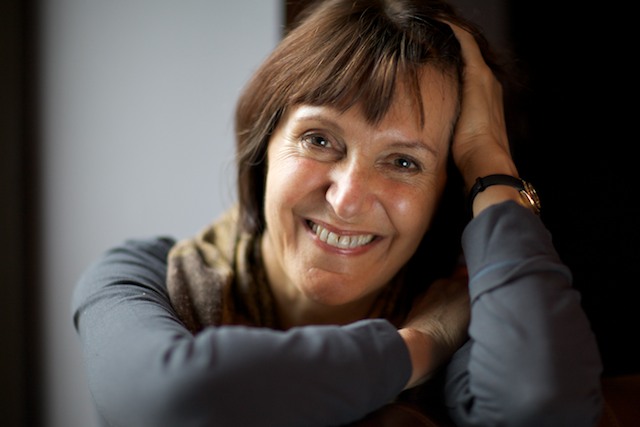LEARNING ACTIVITIES
Design & Architecture
Sometimes people fleeing war and violence have to leave their homes at very short notice. While some may know where they are going and have family or services to support them, others do not and need to find creative ways to keep themselves safe.
Here’s a short animation by UNHCR to help you think about this a bit more:
Click here for design & architecture learning activities
Visual Arts

Some artists featured in Traces use visual arts to think about who they are, where they have come from and where they are going. Hong Dam taps in to her childhood memories, remembering having to borrow her cousin’s identity in order to flee her country as a child. What would it be like for you if you had to do this?
Maryam Hashemi and Lucy Namayanja often use symbols, metaphor and humour to think about their place in their communities and the world around them. Why might they do this?
Click here for visual arts learning activities
Music

When we talk about ‘journeys’ we often think about physical travel – but we take emotional and psychological journeys too. How would you define the word ‘journey’? The Oxford English Dictionary uses the definitions:
“An act of travelling from one place to another”
“A long and often difficult process of personal change and development”
Music is often carefully written around a beginning, middle and end, uses its own way to map out a story and take us on a journey.
Music in Detention is an organisation that delivers music workshops in Immigration Removal Centres (IRCs) in the UK. They encourage and empower detainees to make music using percussion, songwriting, dance and storytelling.
You can listen to some brilliant pieces of music here, which were created with journeys in mind.
Click here for music learning activities
Multimedia

“I want to tell you about my first day in London. Many years have passed since, but I can still remember clearly what I saw and felt on that day when I arrived from the camp.”
~ Robert Vas in his film ‘Refuge England’ (1959)
Multimedia has become an effective way for us to tell our stories, and hear about other people’s. Some might resonate with us as they are shared experiences, while others will be unimaginable experiences which film and photography allow us to process from the safety of the other side of the lens.
The 1959 film ‘Refuge England’ shows the day Robert Vas, a refugee from Hungary, arrived in London with nothing but an address. Unable to speak English, he experiences the extraordinary daily life of the city as he seeks a refuge.
Click here for multimedia learning activities
Writing

Marina Lewycka uses her writing to think about the complexities of the world, exploring the vast range of cultures, traditions and languages that can exist among different countries and communities, and even within families.
Can writing help us to reach out to each other across these differences? A good book or poem can be a window into someone else’s experiences, helping us to see the world from their point of view.
Click here for writing learning activities
Performance & Live Art

Live Art is when, instead of making an object for an audience to look at later in time, an artist creates work directly in front of them. Unlike a painting or a sculpture, Live Art may only exist for a few moments, as the spectator watches the work unfold before their eyes.
How might you use a performance to tell a story about migration? Why might an artist choose this over forms of art?

